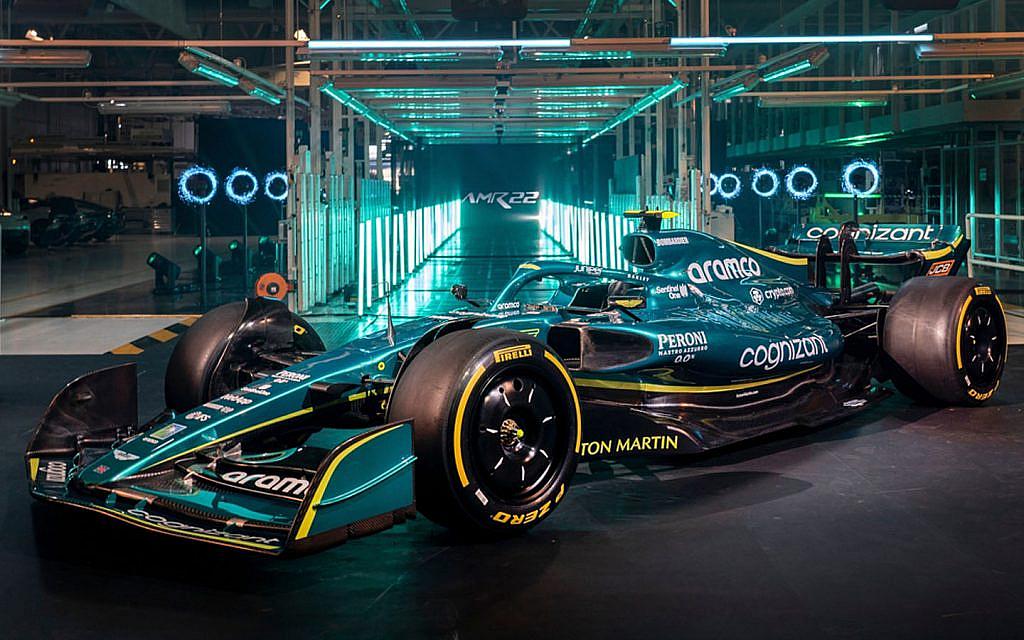Artificial intelligence (AI) has begun to make significant impacts on Formula 1 racing, both on and off the track.
Here are some engineering results and advancements associated with the use of AI in Formula 1 cars:
Performance Optimization: AI algorithms are being used to analyze massive amounts of data collected during races, including telemetry data, driver inputs, weather conditions, track conditions, and more. These analyses help engineers optimize various aspects of car performance, such as aerodynamics, suspension settings, tire strategies, and fuel efficiency.
Simulation and Modeling: AI is employed to create complex simulations and predictive models that simulate race scenarios, allowing teams to test different strategies and setups virtually before applying them in real races. This helps teams make more informed decisions regarding race strategy and car development.
Predictive Maintenance: AI-based predictive maintenance systems monitor the condition of various components in real-time, detecting potential failures before they occur. This allows teams to perform preventive maintenance, minimizing the risk of mechanical failures during races and ensuring optimal performance and reliability.
Driver Assistance Systems: AI-powered driver assistance systems provide real-time feedback to drivers during races, helping them optimize their driving performance. These systems analyze data from onboard sensors and cameras to provide insights on braking points, cornering speeds, optimal racing lines, and more, helping drivers extract the maximum performance from the car.
Autonomous Driving Research: While not directly applicable to current Formula 1 racing, some teams are exploring the use of AI for autonomous driving research, which could potentially revolutionize the future of motorsport. Advanced AI algorithms are being developed to enable fully autonomous racing cars capable of competing at high speeds without human intervention.
Overall, the integration of AI technologies in Formula 1 has led to significant advancements in performance, safety, and efficiency, helping teams gain a competitive edge on the track while pushing the boundaries of technological innovation in motorsport.


Comments